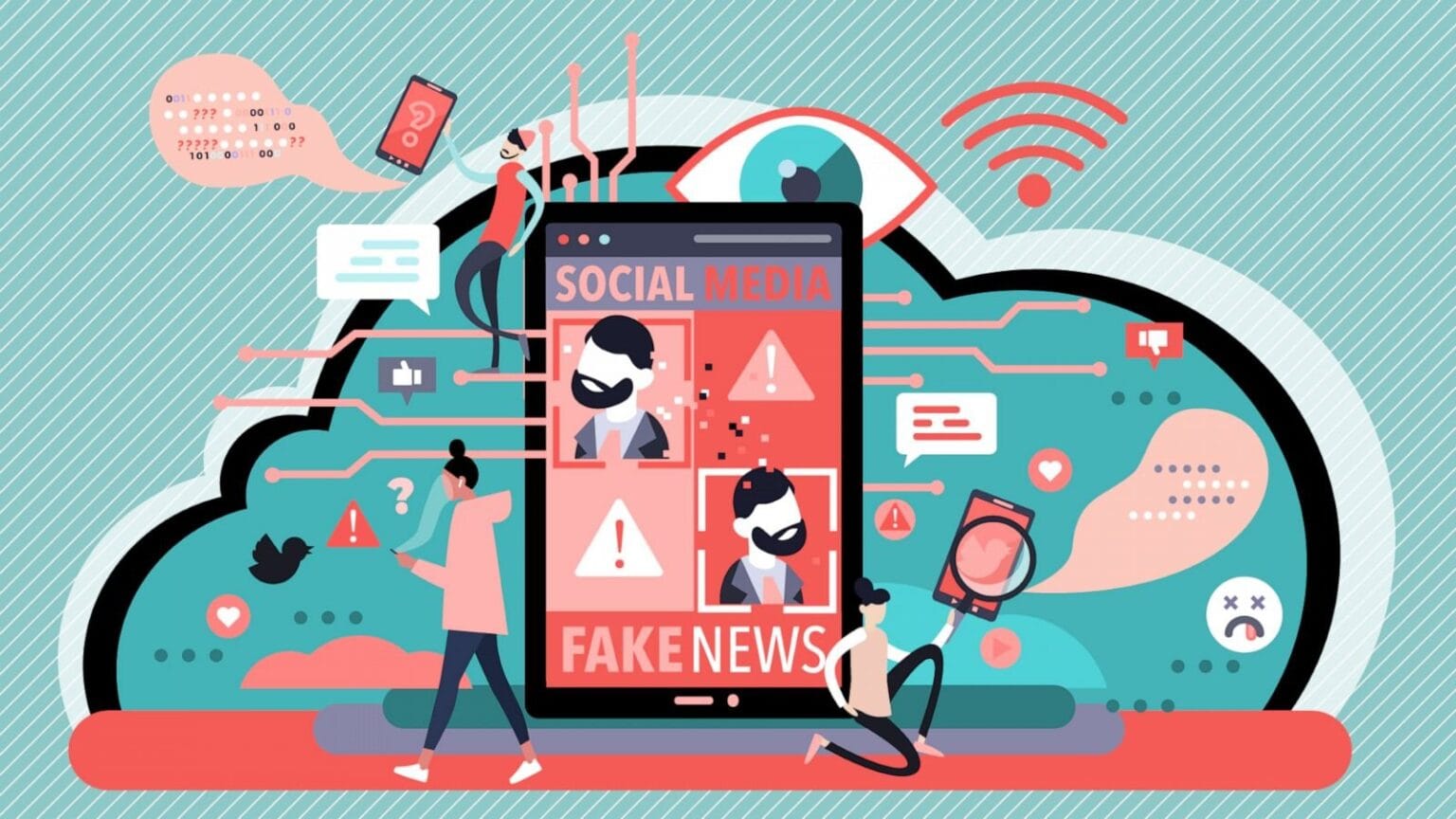
Disinformation vs Misinformation
If you’ve been having a hard time separating (factual) information from ‘fake news,’ you’re not alone. Nearly eight in ten adults believe or are unsure about at least one false claim related to COVID-19, according to a report the Kaiser Family Foundation published late last year. Aside from the pandemic, other areas where false information easily takes root include climate change, politics, and other health news. That’s why it’s crucial for you to able to identify misinformation vs. disinformation.
What Is the Difference Between Disinformation and Misinformation?
Disinformation is false or misleading content purposefully created with an intent to deceive and cause harm. It’s typically motivated by three factors: political power or influence, profit, or the desire to sow chaos and confusion.
Misinformation contains content that is false, misleading, or taken out of context but without any intent to deceive.
Many Americans first became aware of this problem during the 2016 presidential election, when Russia launched a massive disinformation campaign to influence the outcome. We saw misinformation run rampant at the height of the coronavirus pandemic. Consider claims of false COVID-19 treatments that spread across social media like, well, the virus they claimed to cure. Those who shared inaccurate information and misleading statistics weren’t doing it to harm people. In fact, most were convinced they were helping. Misinformation is unnervingly widespread online—it’s enough to make you want to disappear from the Internet—and it doesn’t just cause unnecessary confusion. It can lead to real harm.
With the 2022 midterms freshly wrapped up, we saw officials work hard to keep false claims from muddying residents’ understanding of elections and voting processes or their faith in the outcomes. The threat has evolved since 2016 thrust it into the public spotlight, and many officials and civic organizations recommend a multipronged approach. Going forward, elections teams must both seek out and counter inaccurate content, as well as proactively push out reliable information that voters can easily find and foster trust by making election experiences as smooth as possible.
How Can I Tell if Something is False or ‘Fake News’?
Here are some tips and tools that can help you assess content online.
First, do some research. There are several reliable places for you to fact-check things you see on- and offline. Some are standalone projects, like:
While others are directly associated with trustworthy news sources, like:
-
Fact Checker from The Washington Post
Consider the publication. If you see an inciting political article from a news site you’ve never heard of before, these are some of the things you can look for to tell whether or not the site is legit:
-
Does it have an about us page?
-
Does it have a mailing address at the bottom?
-
Does it have a Wikipedia page?
And lastly, the International Federation of Library Associations and Institutions has created a checklist for identifying fake news. Keep it handy during times like this when wild claims can flow freely.



